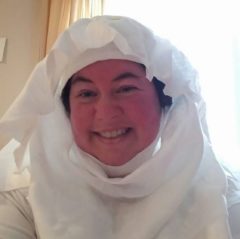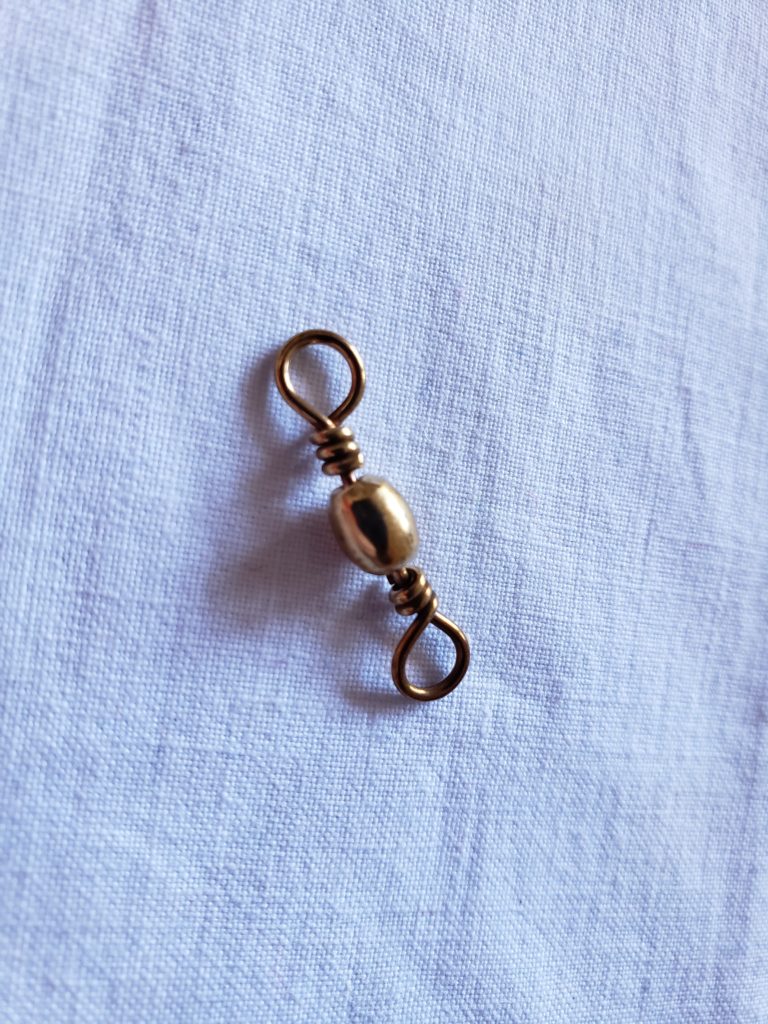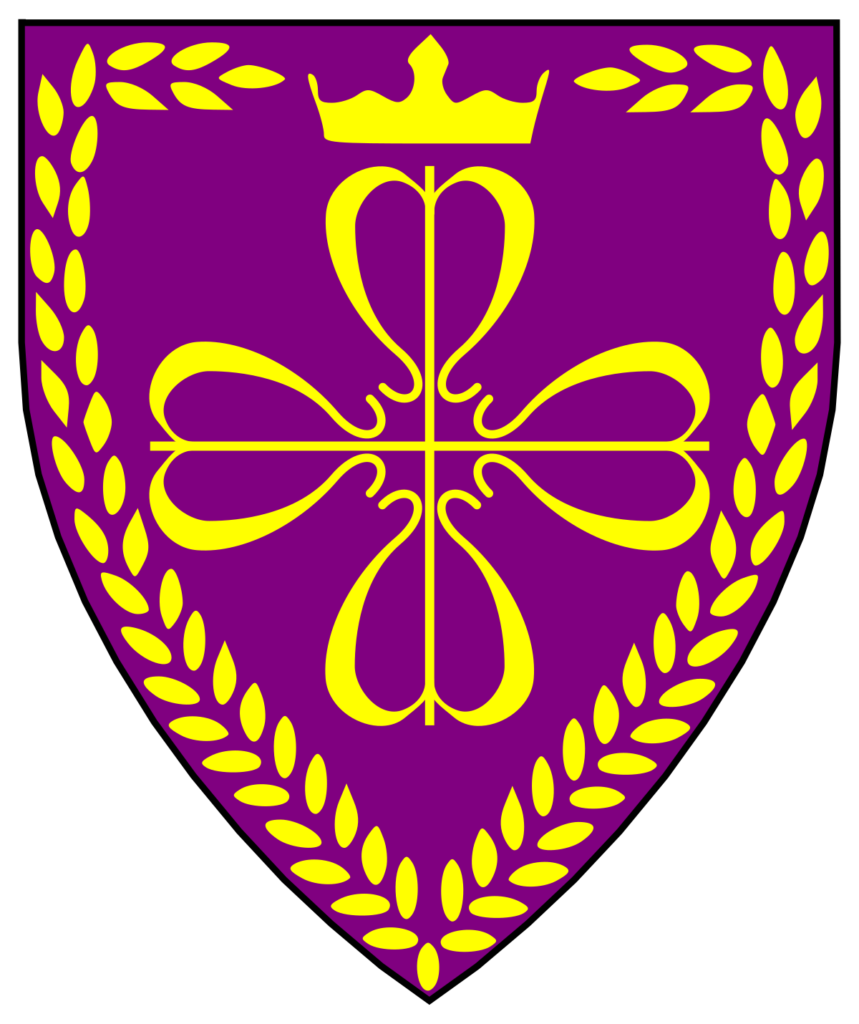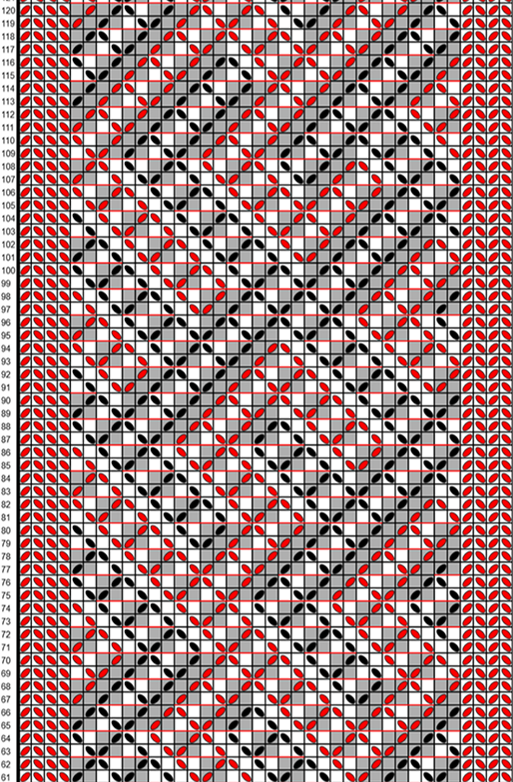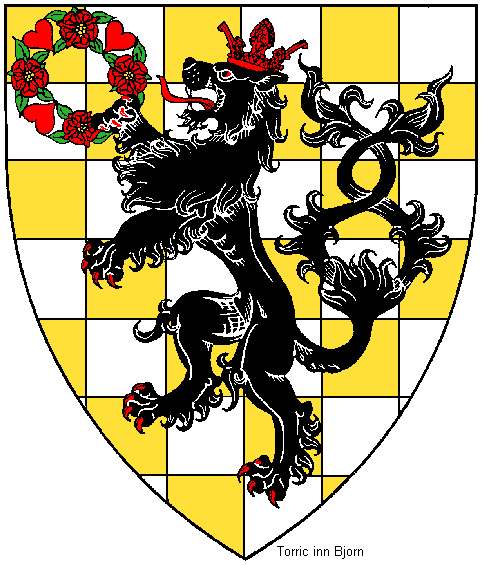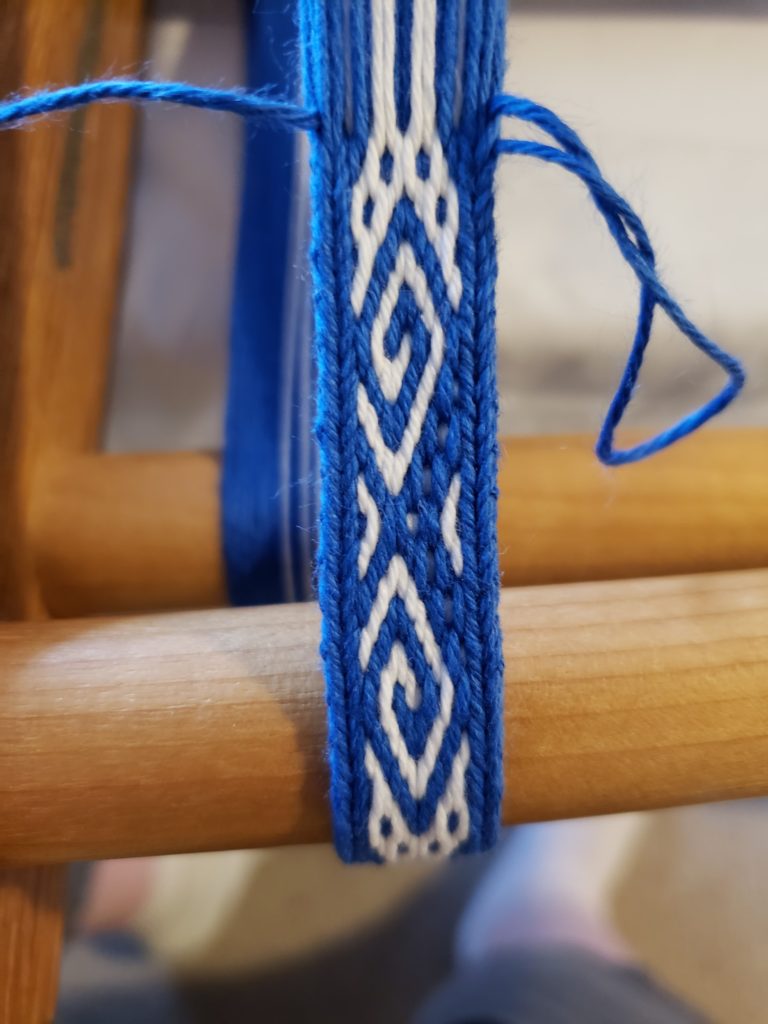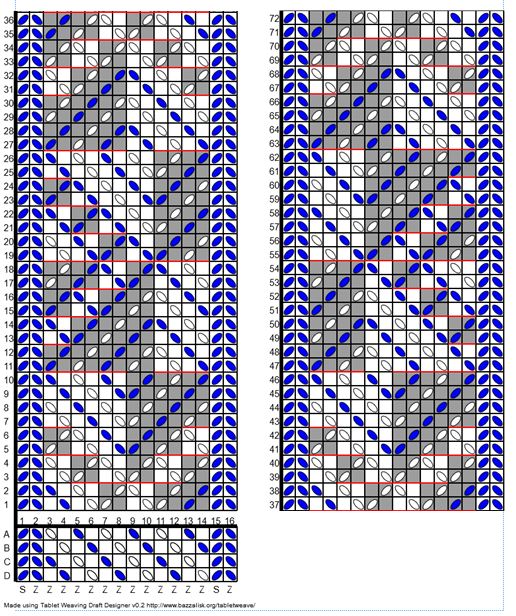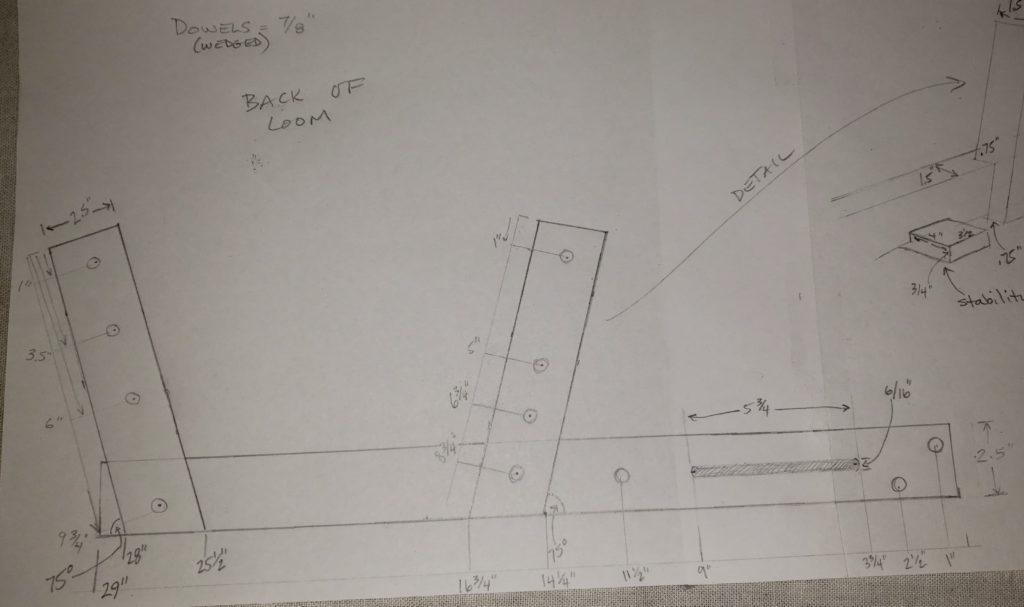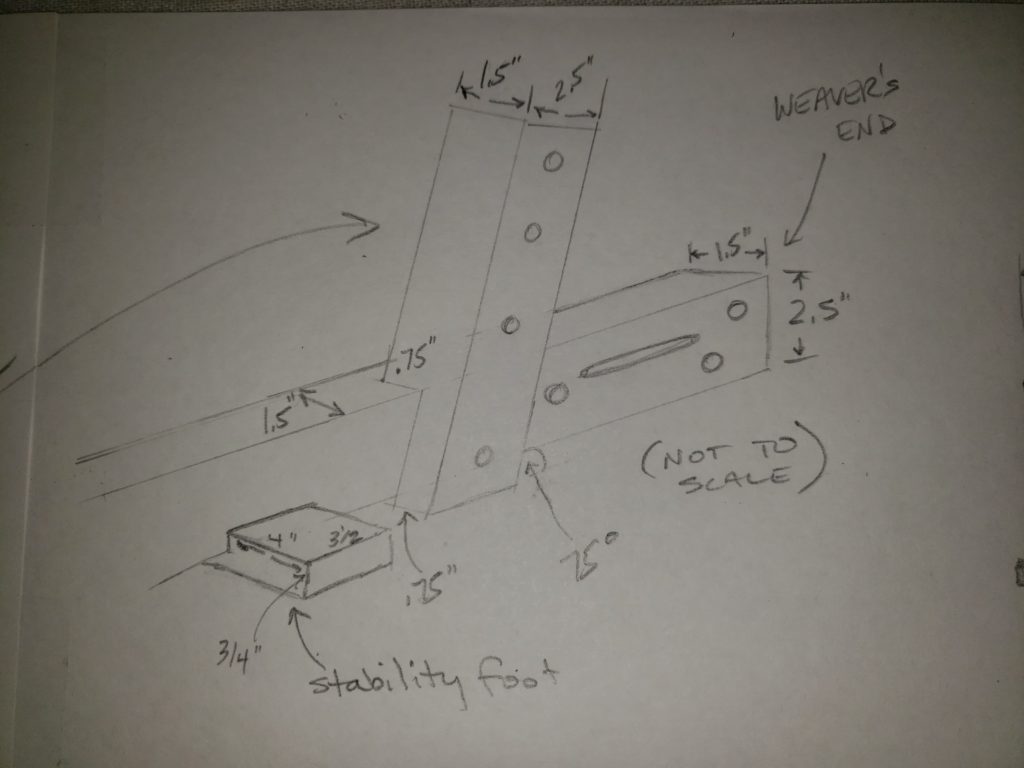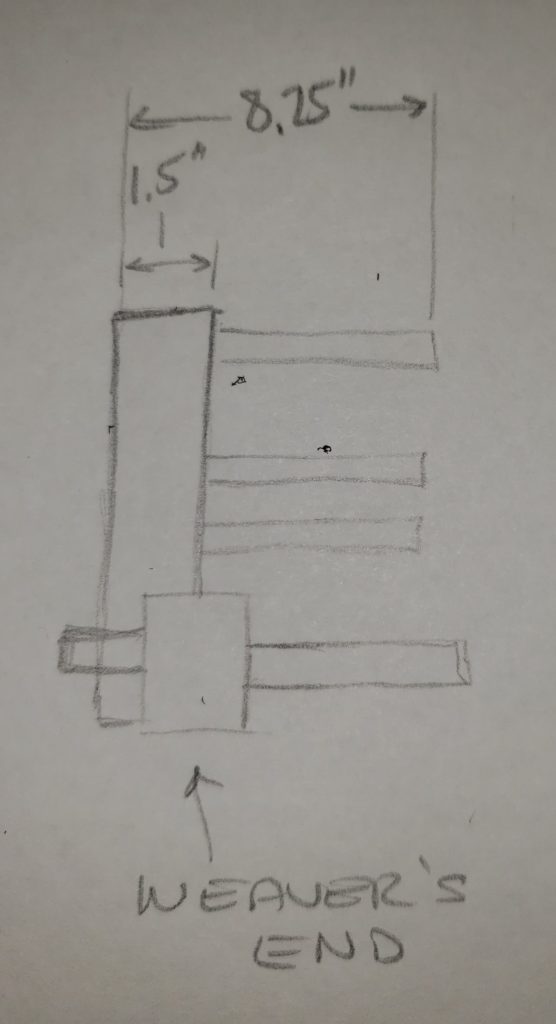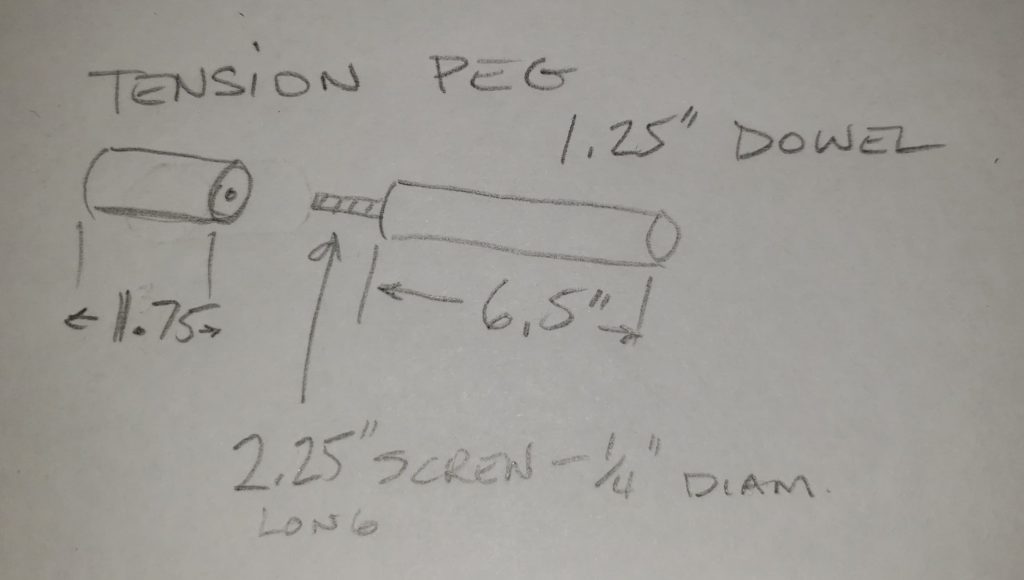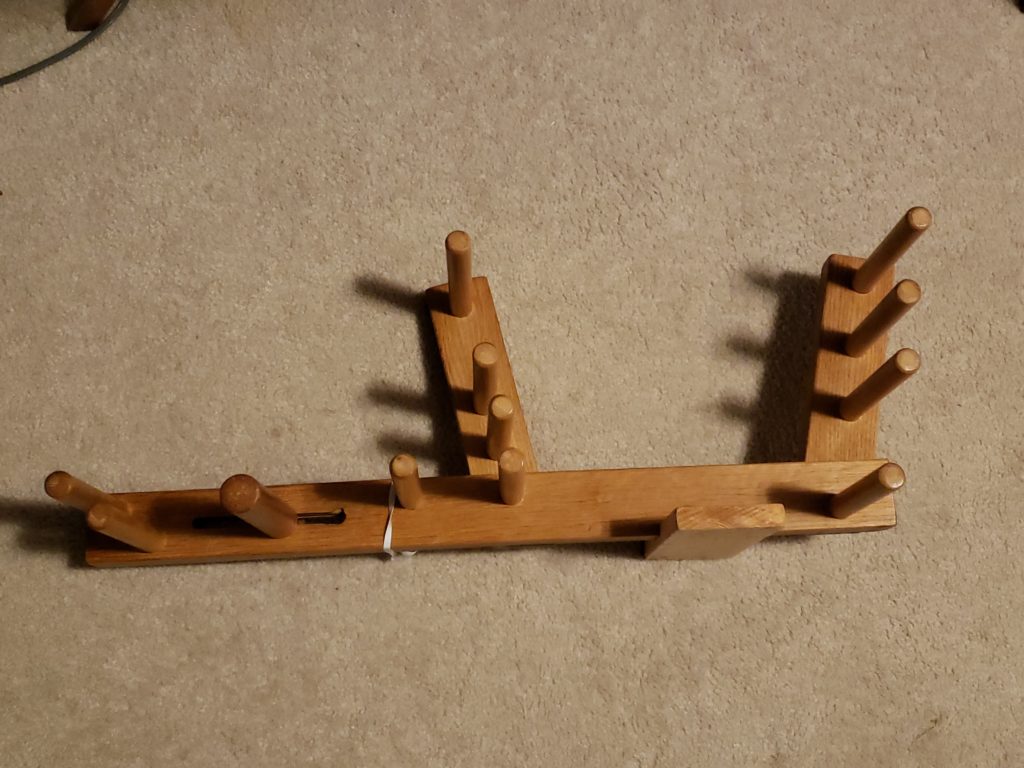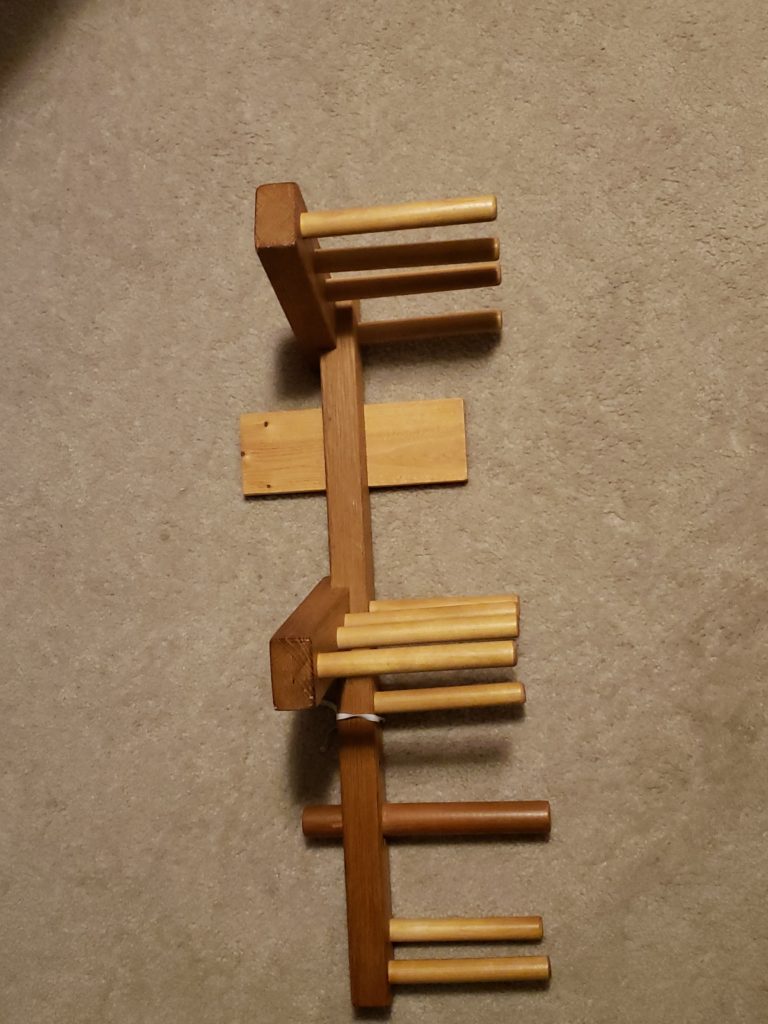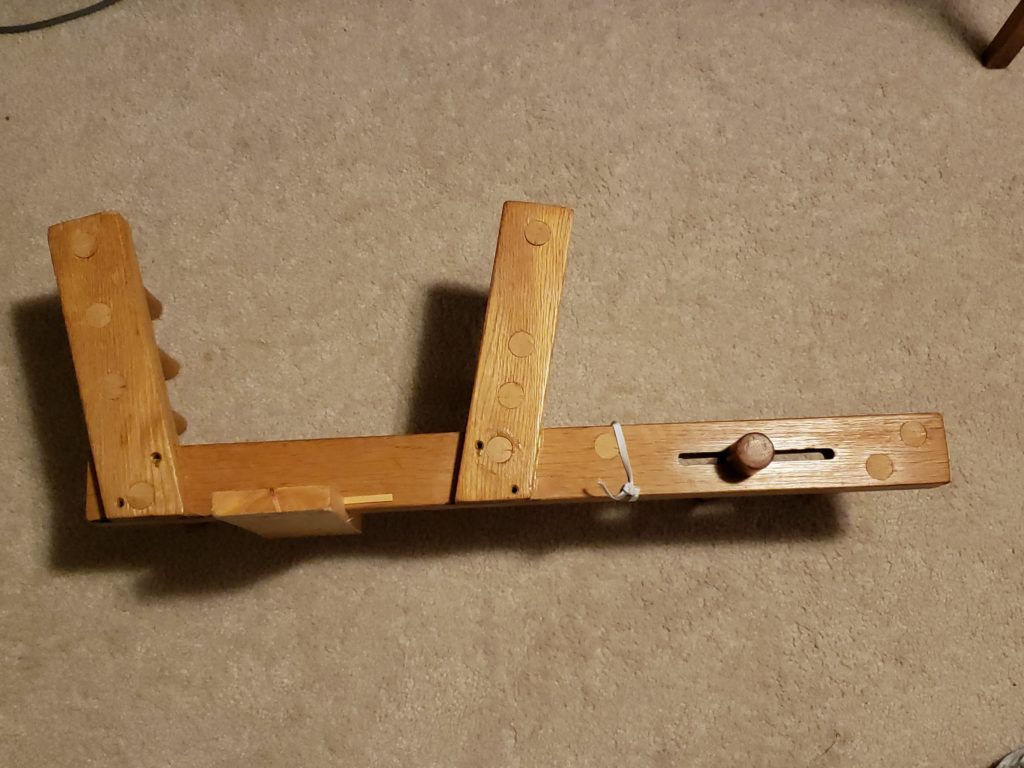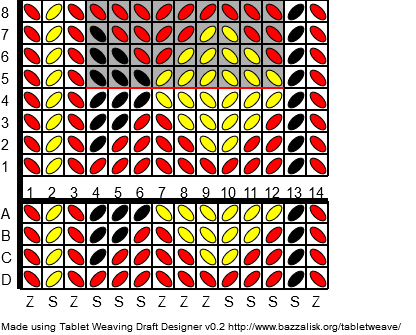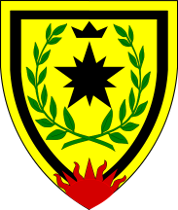Archaeologists have produced a few tablet weaving pieces in their searches, including this one that was found in the 10th century grave of a woman from Paragaudis. In a book called North European Symposium for Archaeological Textiles X (edited by Eva B. Andersson Strand, Margarita Gleba, Ulla Mannering, Cherine Munkholt) there is a mention of this textile fragment that was found in grave 59. It’s a colorful wool band of red, grey and brown, although they are unsure what dye stuffs were used. The pattern of the stylized S motif is known as the ‘serpent’ pattern, which is found frequently in western Baltic countries; known as a žaltys in Lithuanian mythology, it is a sacred animal of the sun goddess Saulė, the guardian of the home and a symbol of fertility. Killing žaltys was said to bring great misfortunes upon the household, so people would find them in the fields, give it milk to befriend the creatures and sometimes even bring it home to keep as a pet, as it promised good harvests and wealth. Snakes in the house. That’s a nope.
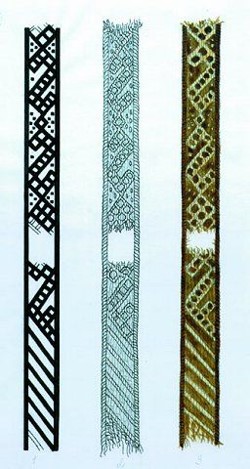
I came across this archaeological image a few years ago, but I couldn’t find a pattern with it, so I had to figure it out on my own based on experience…but I’m always up for a challenge! Looking at the drawings, I guessed that it was probably a skip hole weave, based on the little dots on the edges between the S motifs. It looks very similar to a couple other patterns I had seen, so I was pretty sure that’s what I was looking at.
Drawing these sorts of things on paper is not easy…and doing physical experiments would be time consuming and use up a lot of materials, so I needed a better option. Luckily, I had just discovered the TDD! If you haven’t checked out the Tablet Weaving Draft Designer site, you should do that! It’s a very easy to use program, and Catherine and her husband James just did some updates recently, and Catherine made a YouTube video that walks you through how to use it.
So after tinkering with the pattern a bit, I came up with this…and warped it up to see how it looked…and it was a match!

Today’s Laurel Kingdom is the Kingdom of the Outlands! It was created in 1986 and encompasses New Mexico and Colorado, parts of Wyoming, the Nebraska panhandle, El Paso County and the Hudspeth County in Texas. Their colors are green and yellow. My favorite part is their heraldic banner, which has the same deer on it as the Deer Xing signs. Of course, the banners for An Tir has the Lowenbrau lion.

The original piece appears that it started with 16 picks of diagonal lines, but then follows with 56 picks to the sequence. If you want to weave the diagonal stripes into your piece, you can do that, or you can use one of the other options that I’ve included: a 56 pick pattern (without the diagonal stripes) or a 24 pick simplified pattern. I’ve also included options to untwist the pattern by weaving S motifs instead of Z. Dealer’s choice!

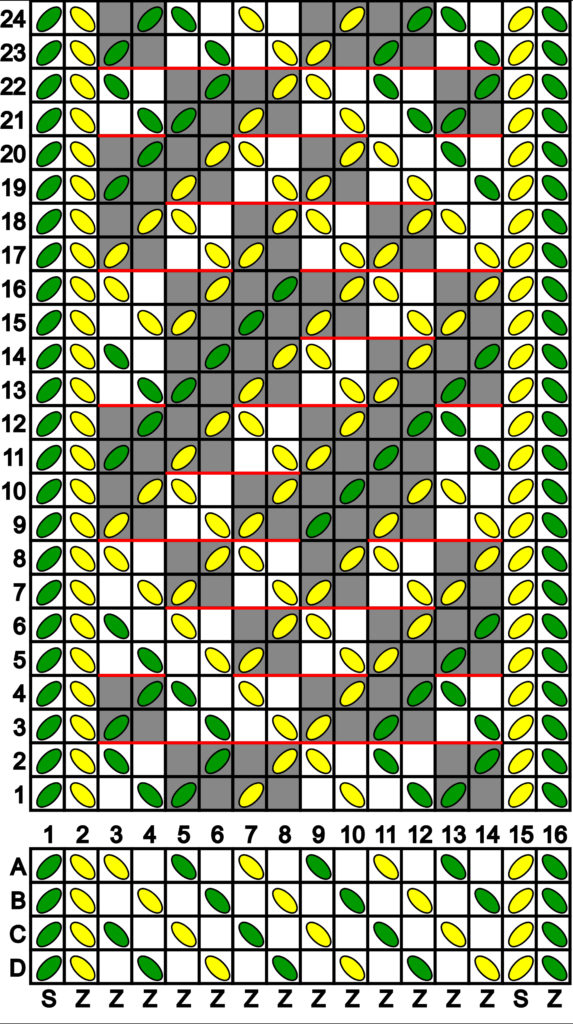
In the video, I erroneously identified this as a twist-neutral pattern, but discovered after doing several repeats that the twist was, in fact, building up. I modified the pattern to create a twist-neutral version, which is below:

For this pattern, you can weave as-is, or you can weave picks 1-24 until it’s over-twisted, then weave picks 25-48 until it’s over-twisted in the opposite direction.
If you want to do the long version, here are the two parts to make it twist neutral.


Enjoy!
Elewys
